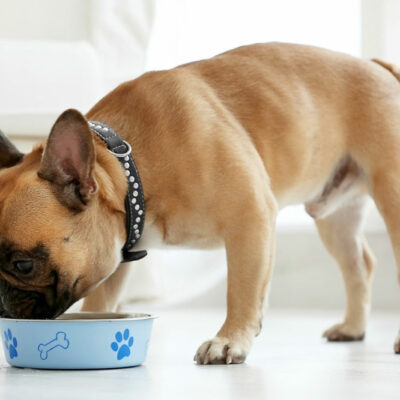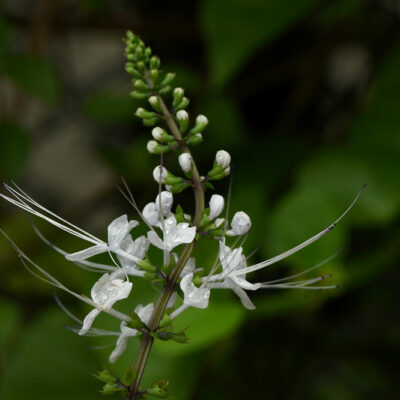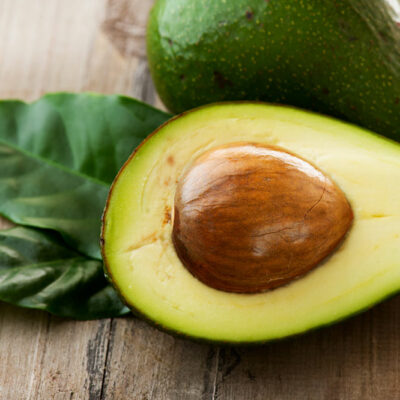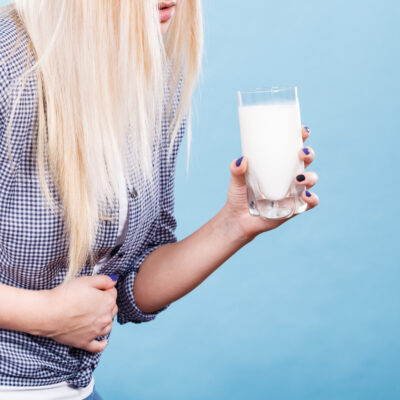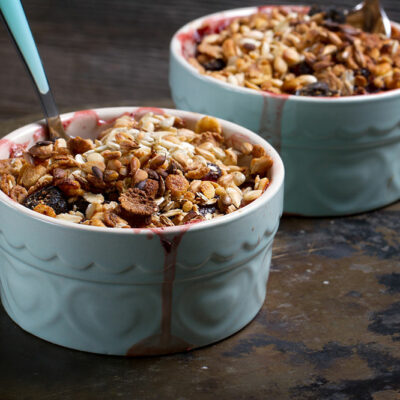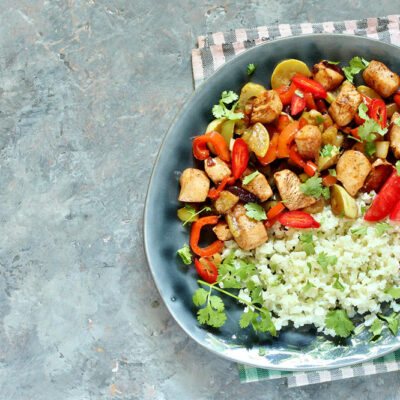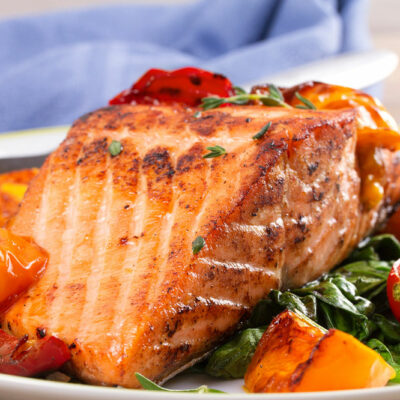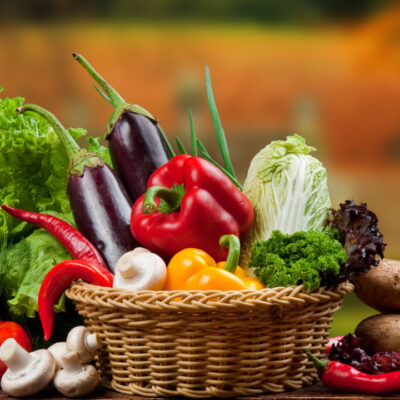
Lifestyle
5 Foods That Can Be Harmful for Asthma
People with asthma should be attentive about their surroundings and also be mindful of what they eat. What one eats has a significant impact on their physical as well as mental health, so it’s important to follow healthy eating habits. People with an underlying disease like asthma should know about the various foods that are healthy but bad for asthmatics: Dried fruits Dried fruits are one of the foods that are healthy but bad for asthmatics. They are preserved using sulphites, which can worsen the symptoms in some people. The reactions to sulphite can vary from mild to severe in patients. Wine, pickled foods, bottled lime juice, and maraschino cherries have high levels of sulfites and should be avoided by asthmatics. Beans Beans are known as abundant sources of proteins, but they can trigger asthma attacks. Eating foods that cause gas, especially in large amounts, can also prove harmful for people with this respiratory condition. Gas puts pressure on the diaphragm, which can further lead to tightness in the chest and cause flare-ups. Some gas-causing foods that are best avoided by asthmatics are beans, cabbage, onions, fried foods, and carbonated drinks. Foods with salicylates Naturally present in certain food items, salicylates are also added in toothpaste, aspirin, and food preservatives.
Read More 